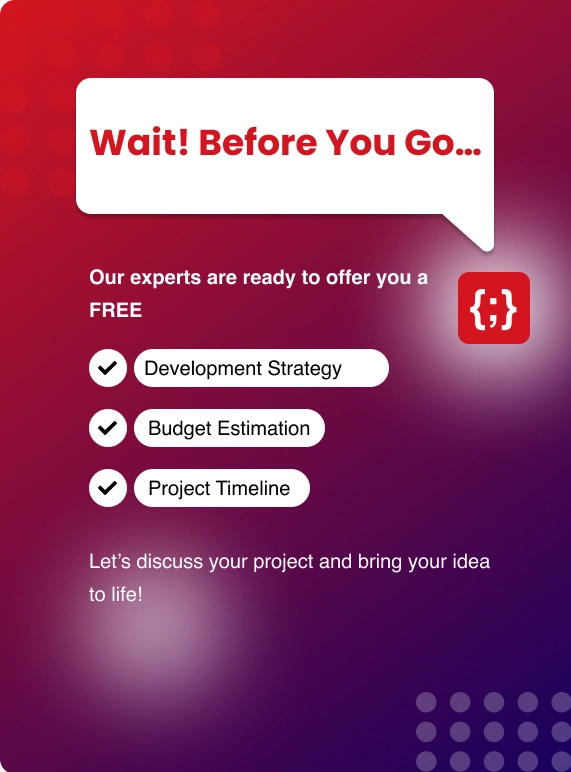What is cloud and cloud computing?
CLOUD:
The term “cloud” implies the service that you can access through the internet and the software and database that run on these servers.
By using the cloud, users can access the files and applications using any device since the computing and storage on the server take place in a data center instead of a locally installed user device.
CLOUD COMPUTING:
Cloud Computing is the way to deliver various computing services that include servers, storage, database, networking, software, analytics, and intelligence over internet connectivity. This internet connectivity provides innovation, flexible resources, and scalability.
When you implement Cloud Application Development Services, you bring down the operational cost and run the infrastructure efficiently, and scale the business as per the requirement.
Advantages Of Using Cloud Computing
The following are the reasons why organizations are switching to cloud computing services:

- Hardware and software installation on the site is not required which significantly eliminates the cost of buying them.
- Cloud computing is an elastic concept where you can scale up or down your IT infrastructure according to the incoming demands and requirements.
- Cloud computing services provide self-service hence you can acquire computing resources within moments. This provides increased flexibility and takes off the pressure of resource planning.
- Since all the cloud computing resources can be used over the internet connectivity the management chores are eliminated. This leads to IT teams spending more time on meeting the business goals.
- The cloud computing services run on a network of secure data centers which are regularly maintained. This reduces network latency for applications.
- The disaster recovery and data backup are easily handled with the implementation of cloud computing services.
Types Of Cloud Computing:
All the clouds are not the same and only one type of cloud computing is not the right choice for every business requirement.
There are several model types and services which you can study and choose based on the kind of requirements your business has.
You need to determine the cloud deployment type up for cloud computing architecture where you can implement your cloud services. These are the three types of clouds you can implement the cloud service models on:
1. PUBLIC CLOUD:
Third-party cloud service providers own and operate public clouds. They deliver computing resources like servers and storage over the internet. A popular example of a public cloud is Microsoft Azure Service. In this type of cloud, the cloud provider manages all the hardware software and other supporting infrastructure. You can access the services and manage your account through a web browser.
2. PRIVATE CLOUD:
A private cloud implies the cloud computing resources that a business or organization can exclusively access. A private cloud can be physically located on the company’s premises. Some organizations use paid third-party service providers to host the company’s private cloud. A private cloud is where the services and infrastructure work on a private network.
3. HYBRID CLOUD:
As the term says, a hybrid cloud is a blend of public and private clouds. It is bound together by technology where the data and applications are shared between them. The hybrid cloud allows the data and applications to work between private and public clouds. This gives your business increased flexibility, more deployment options, and optimized infrastructure.
Cloud service models are implemented on clouds to inculcate flexibility and efficiency within the business. There are various types of cloud service models that you can take up according to your business requirements.
But basically, there are three types of cloud computing service models.
You May Also Like: AWS vs Azure vs Google Cloud
What are the three cloud computing service delivery models?
The following three are the basic three cloud computing service delivery models:

- SaaS (Software as a Service)
- IaaS: (Infrastructure as a Service)
- PaaS: (Platform as a Service)
Each cloud service comes with its own set of advantages that can cater to various business requirements.
You require a clear understanding of these cloud models to find out which one can work the best for your business.
Let us understand each of the models and find out their merits:
1. SAAS:
SaaS or software as a service is a model through which you can quickly access cloud-based web applications. The SaaS vendor is responsible for the management of the computing stag which can be accessed through a web browser.
These applications execute on the cloud and are available for use through a paid licensed subscription. Some of them are freely available but provide limited access.
SaaS does not require any kind of installation or download within your existing IT infrastructure. Therefore, this model eliminates the requirement for the installation of applications on each of your machines. In addition to this, the vendor takes the control of maintenance and support for each of the software applications. In many growing companies, the strategic adoption of a fractional CPO helps ensure these SaaS tools align with broader product and business goals.
The widely known examples of Software as a Service include Google G Suite, Dropbox, Microsoft Office 365, and others.
MERITS:
- Affordability: SaaS is affordable since it eliminates the expenditure involved with the purchase, installation, maintenance, and up-gradation of the computing hardware and software.
- Remotely Accessible: With this model, businesses can access the services remotely using any device including smartphones. This eliminates the obstacles set by the installation of an on-premises software application.
- Ready to Use: It is easy to rapidly set up SaaS services so that they are functional within a short period. All you have to do is to sign up for the service to acquire access to quick and powerful computing resources.
2. IAAS:
IaaS or infrastructure as a service is fundamentally a virtual arrangement of computing resources that can be used over the cloud. An IaaS cloud provider can provide your business with an entire range of computing infrastructure which includes a storage server and networking hardware. The vendor also provides maintenance and support for this infrastructure.
Businesses can opt to use computing resources for the requirements without the installation of hardware on their premises. The popular IaaS models that are used around the world are Amazon Web Services, Microsoft Azure, and Google Compute Engine.
MERITS:
- Cost Minimization: The deployment of an IaaS cloud model helps eliminate the requirement for the deployment of on-premise hardware. This brings down the hardware cost significantly.
- Increased Scalability: This is the most flexible cloud computing model. This model enables you to work with the flexibility of scaling the computing resources up or down based on the incoming demands and requirements.
- Easy Deployment: IaaS comes with easy deployment of the servers, processing unit, storage and networking infrastructure so that you can set it up and start working with it immediately.
3. PAAS:
PaaS or platform as a service is essentially a cloud model base that enables you to develop, test, and organize various applications for your business. Implementation of this model simplifies the process of the development of enterprise software. PaaS provides a virtual runtime environment through which you can acquire space to develop and test various applications.
All the resources are provided in the form of servers,cloud data storage, and network infrastructure in a way that the company or a platform provider can easily manage. Two basic examples of PaaS are Google App Engine and AWS Elastic Beanstalk. PaaS is based on subscription and you can take up flexible pricing options depending on the requirements your business has.
MERITS:
- Less Development Time: PaaS decreases the time for development because the vendor provides all the computing resources that include server-side components, which simplify the entire process and enhances the focus of the development team.
- Support for multiple programming languages: PaaS supports multiple programming languages which software development companies can use for building applications for various projects.
- Increased Collaboration: With the implementation of PaaS, your business can have the benefit of collaboration which helps your team to integrate with each other when they are dispersed across various physical locations.


.webp?lang=en-US&ext=.webp)

.webp?lang=en-US&ext=.webp)

